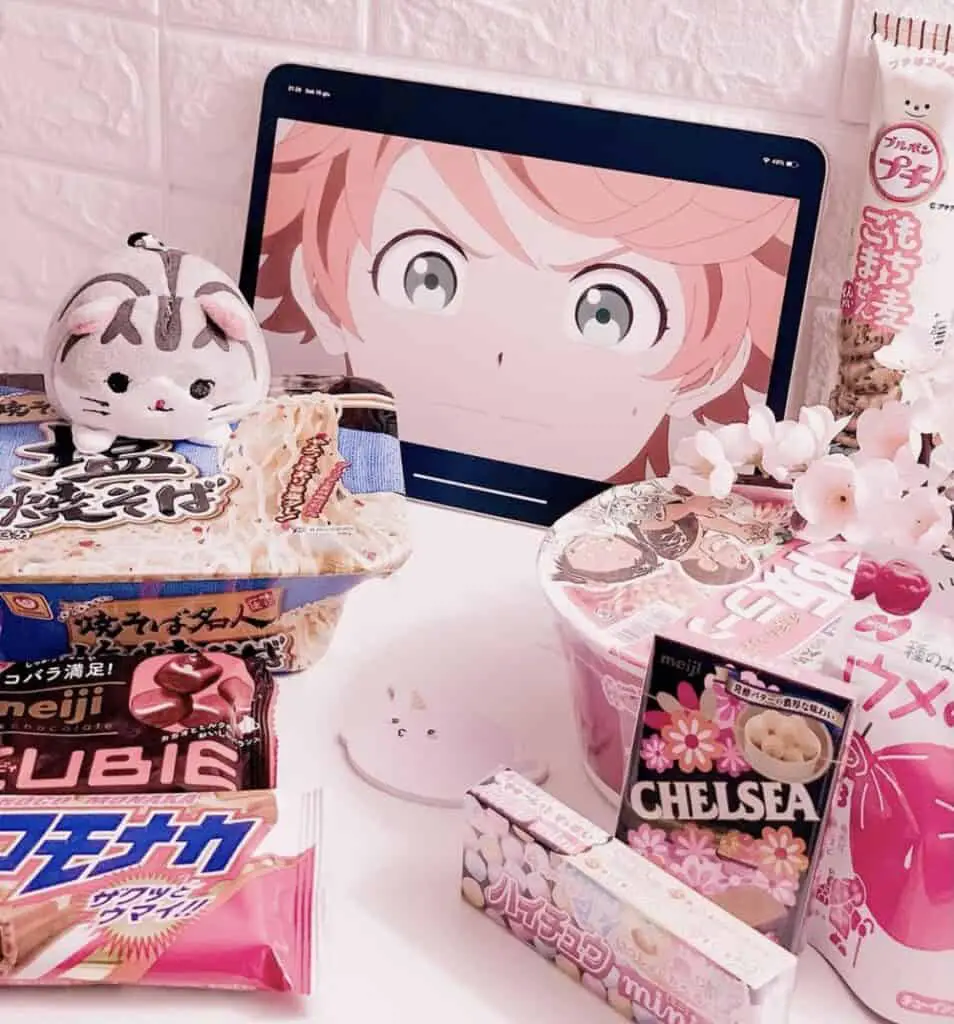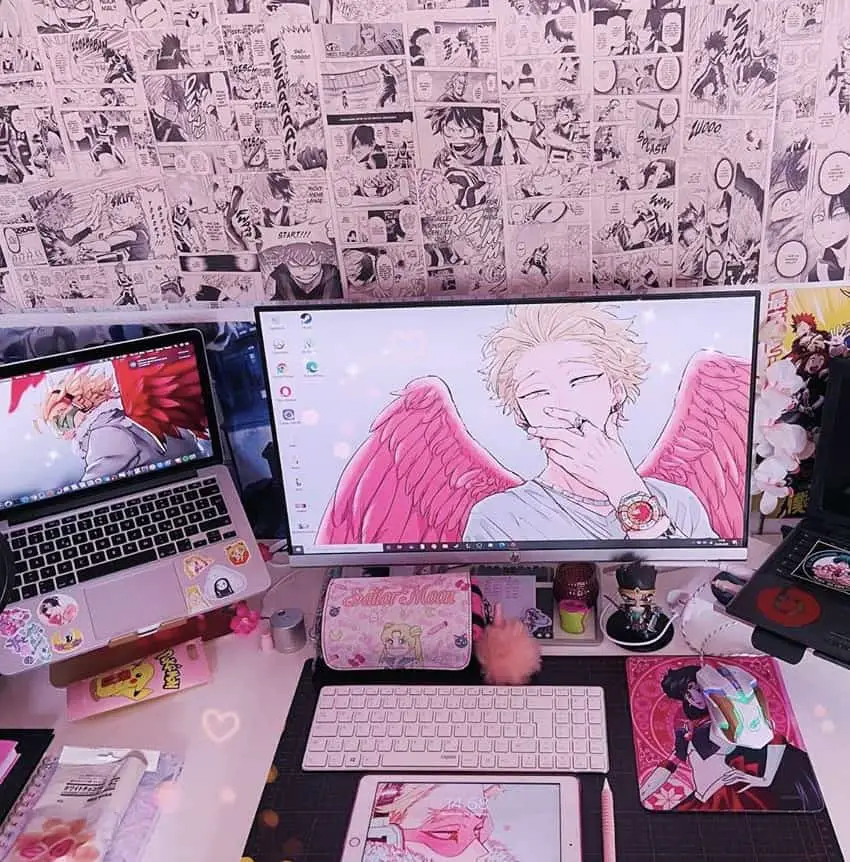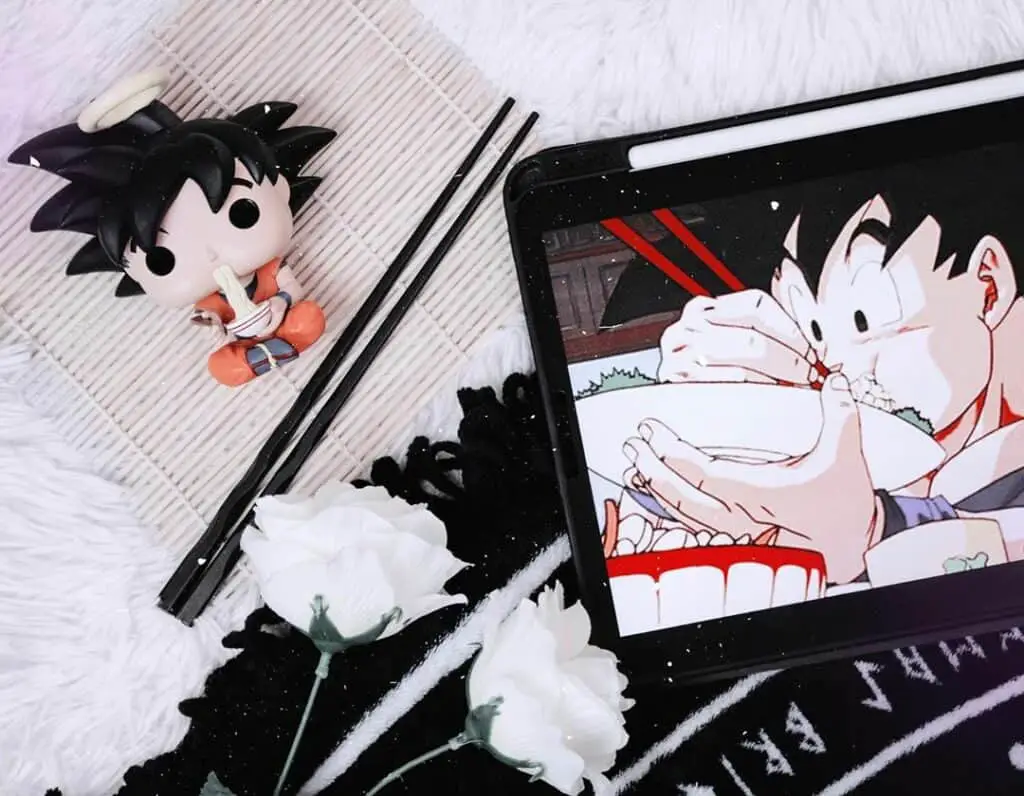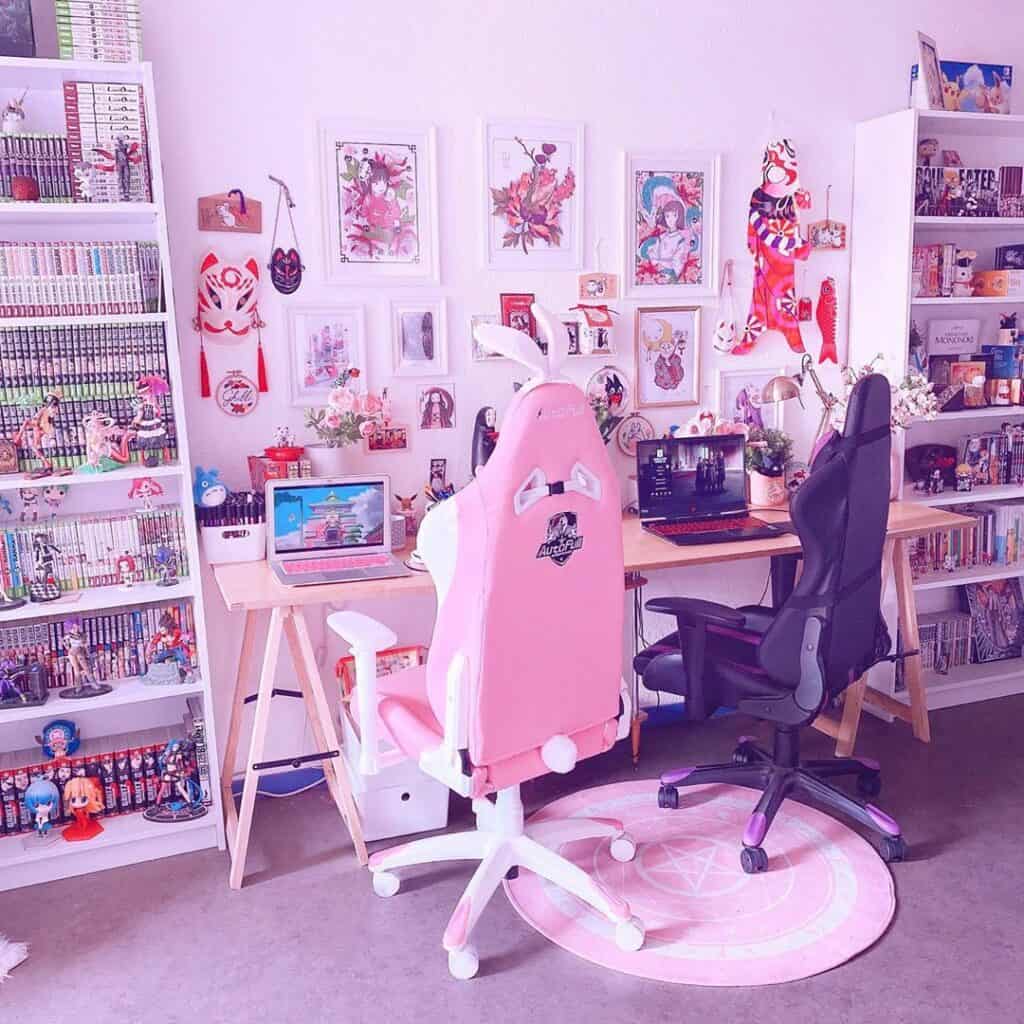If you have been on websites such as Twitter, 4chan, Reddit, or Crunchyroll, then you may have run across the term weeaboo. This slang term has been used for many years, since the early 2000’s, to describe an individual obsessed with Japanese culture.
A weeb (or weeaboo) is an individual who has an unhealthy obsession with Japanese culture. These individuals tend to ignore their own identity – cultural, racial, or otherwise. Weeb more-often-than-not typically stereotype Japanese culture by how their favorite anime is, which is offensive to native Japanese people.


Slang terms are complicated: most people do not fully understand where they come from or what their origin is. Most throw them out in the open as an insult. However, it is important to understand where the origin of the word comes from, and the definition.
Weeaboo: The Definition
The word weeaboo came as a slang to the term Wapanese, which is a blend of white (or wannabee) with Japanese and defines a “very specific type of nerd that is not of native Japanese culture.” (This became slang almost immediately referring to individuals who are obsessed with anime, manga, and video games.) It came to being on the website 4chan during the early 2000s and was used to insult white people who were biased towards Japanese culture. The individuals the slang-term referred to were overly and somewhat unhealthily obsessed with Japan, manga, anime, and hentai. It was then broadened to include individuals who were obnoxious and extreme in their beliefs towards the Japanese culture. Some of the popular examples of this are:
- Beginning to call themselves Japanese
- Spending all their time playing Japanese created video games
- Diving head-first into manga
- Dressing in Japanese fashion
- Cosplaying their favorite anime or hentai characters
In addition to not only being obsessed and devoted with the culture, these people would begin to use Japanese slang or speech in their own native language (which happened to usually be English). Since it has come into existence, the term has been almost derisive, which in turn, makes it an embarrassing label for anyone who is or has been labeled as such.

Since its appearance in the early 2000s, it has made its way into several online message boards, especially Twitter, Reddit, Discord, Crunchyroll, or any forum having to do with anime or hentai. Even though the anime boom was at its peak in the early 1990’s and late 2000’s, it picked back up again around 2010, and it was not just your stereotypical young, white male who likes to play video games and has a massive anime collection, but included cosplaying girls who streamed the video games they were playing, and in turn could also sell their bathwater for thousands of dollars.
There are similar, yet less dilatory versions of this term as well. One of them is a much more neutral term: Japanophile. Instead of being the definition of an individual who attempts to immerse themselves wholeheartedly in every way to Japanese culture, this term is broader. It refers to an individual who has a uniformed interest in Japanese culture instead of an obsession. Another term would be: otaku. This term has the same meaning as the English word: geek. However, this term refers to an obsessive interest in a subculture, hobby, or activity. Although most Americans use this term to refer to an individual who is a passionate fan of manga or anime, this word is less provocative.
The Meaning Behind Identification as a Weeaboo
When the term Japanophile was originally termed, it traced its usage back to the late 18th and 19th centuries. It was originally used to help introduce Japanese artwork, flowers, or other unique items relating to Japanese culture. It was later coined as anyone who left their home to place roots in Japan and continue their lives there. For example, an Irishman named Lafcadio Hearn was described as a Japanophile because he left Ireland in the late 19th century to pursue his work in Japan. This continued throughout the early 20th century when several British and English writers and entrepreneurs made their way to Japan.
The reason for this was due to the Japanese “professional elite.” During World War One, Britain and the United Kingdom declined significantly in their productivity, while Germany and Japan were on the rise. Britain saw Japan and their resources, and hard work ethics as an ally to the Germans, which is why they sent writers and entrepreneurs to the country for lessons. However, once World War One had come to a close, all interest in Japan disappeared from their desires.
Even though this terminology is what some would consider offensive, it does not always have to be. Weeaboo’s idolize Japanese culture, from their cuisine to their style. It is, in all regards, a term of cultural appropriation or fetishization. Some individuals, despite the negative perception of the term, think of “weeaboo” has a positive label instead. They use the term to self-identify their place within a culture where they feel like they belong, even if some view it as self-deprecating. However, others do identify with the term, knowing its negative connotations and whole-heartedly embracing it no matter the reputation or label it has on them as an individual.
To fully understand the meaning of this word, you will need to be familiar with the anime and manga fandom culture as well. Anime is an animated series, videos, and films; whereas manga are drawings in graphic novels and their related artwork to accentuate the storyline. They began as Japanese entertainment, but anima and manga spread worldwide in the 1990’s. The very first anime and manga fandom began in the 1970’s after the series Space Battleship Yamato came together in an attempt to have it aired again after it was cancelled. Thereafter, anime and manga have always been collectively referred as the content industry that includes anime, manga, video games, and any products associated to promote it or media focused around the same content.

Some popular anime are:
- Dragon Ball Z
- Detective Conan
- Attack on Titan
- Sailor Moon
- Naruto
- Pokemon
- One Piece
After anime and manga was introduced to Western culture in the 1900s, it began to steadily rise. The first fanclub began in 1977 in Los Angeles and was known as the Cartoon/Fantasy Organization. The culture boomed in the 1900s when Sailor Moon was born and attracted college age fans. It was adapted into English in 1995 to make it more easily accessible, which led to it attracting individuals as young as grade school. Many of these were female, compared to the stereotypical male. In just the span of a few months, the anime and manga culture had grown and adapted drastically.
Fans began to bring manga and anime to conventions, which in turn created cosplay in the United States. Afterwards, anime was officially licensed in the United States. This meant that any anime and manga released in Japan would be converted to English, and was able to be shown on U.S. television stations, as well as having merchandise sold in the country. This also meant that many people who became anime and manga fans after the original boom in the 1990s, did not understand that anime was not created in the United States, but in Japan. This held true predominately with the 1998 airing of Pokemon, with their demographic being school-aged children to young adults. But, Pokemon also achieved more than a cult following: it showed that United States broadcasters could succeed in the mainstream media world outside of Japan as Americans became much more aware of Japanese culture.
Due to all of the media attention surrounding anime and manga, individuals began a cult following. What started with Sailor Moon continued with Pokemon which morphed into Power Rangers, Dragon Ball Z, and Inuyasha. All of these series began airing on Cartoon Network around 1996, which gained a unique following. The main appeal for these TV series and manga books was artwork. Their visual quality was far superior and vastly different than what was already known in the United States. If you’re interested in manga, here is a link to the most popular manga in the world: One Piece
The Importance of Anime and Manga

Weeaboos have stated that the reason they love anime and manga is because the characters are made to be real like real people, which makes them relatable. There also is not a line between special effects and CGI; it is all artwork. Anime and manga cover real-life situations for both adults and children (from their personalities, strengths, flaws, feelings, actions, etc.) which makes them appeal to a much greater variety of audiences.
During the industrial revolution of 1876, Claude Monet even described his interest on the culture of Japanese artwork (after painting a portrait of his wife in a kimono with Japanese hand fans in the back of the painting) as “an escape from the Industrial Revolution… a pastoral utopia” for many across the world. That also holds true to how many people of all ages view it now as well.
In closing, what began as a derogatory term for an individual who is obsessed in an unhealthy way with Japanese culture, has a much more radical and interesting background to the meaning of the word. Although with the fanatical viewpoint, the cosplay, and even with enhancing their vocabulary with Japanese dialogue, these viewpoints came from a certain type of cult that originated all the way back in the late 17th century leading up to today. Although the terminology has evolved drastically, it is safe to say that no matter what your stance or viewpoint is on the term weaboo, it definitely had much more depth than the users on 4chan originally gave it credit for.